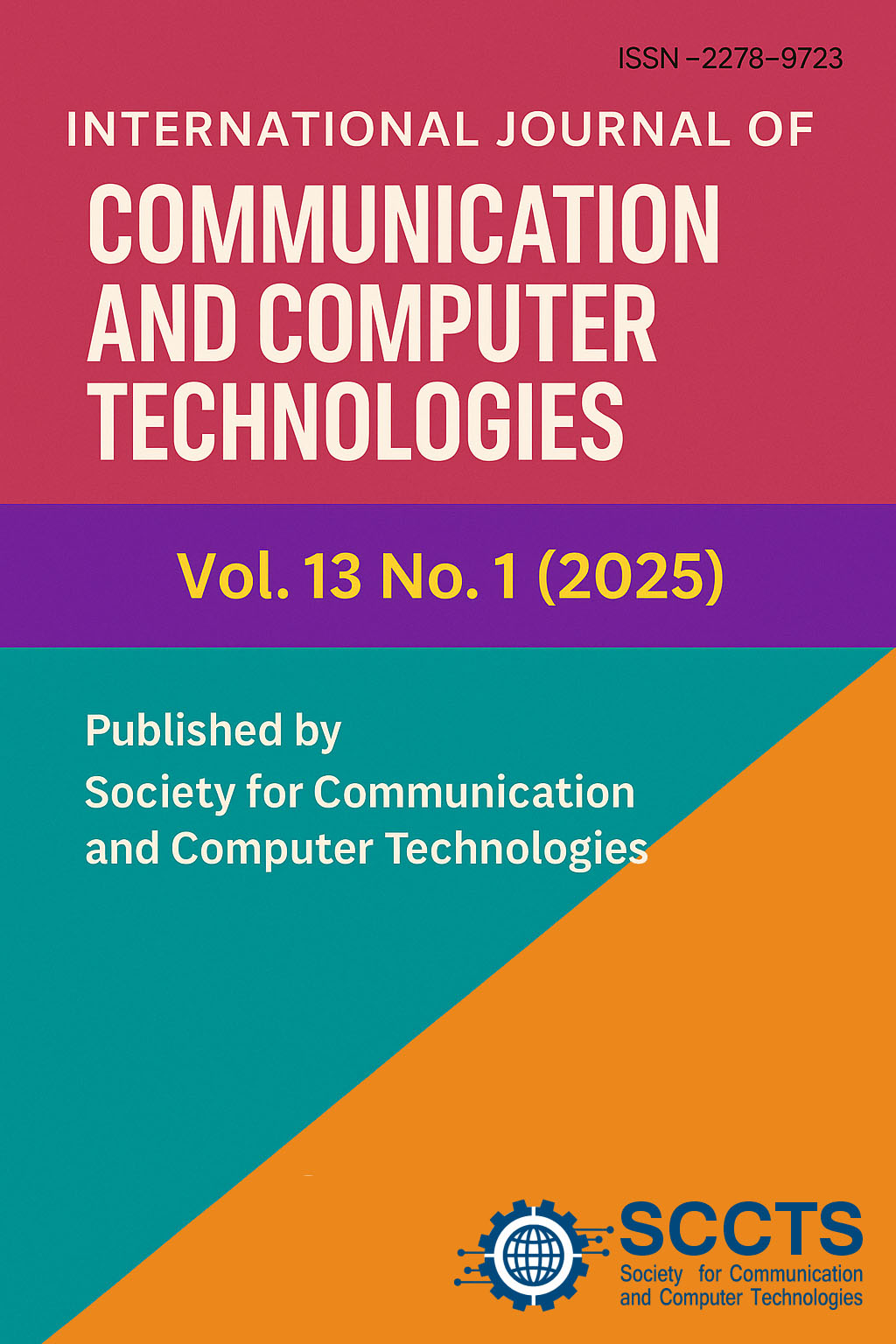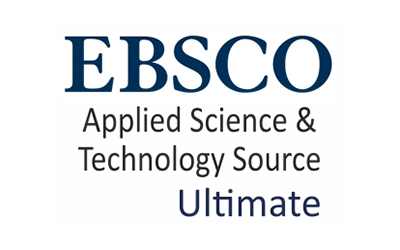Latent Palm Print Matching Based on Minutiae Features for Forensic Applications
Abstract
In forensic application, palm print recognition receives significant attention because of the developing live scan palm print technology. In most forensic applications, the critical evidence obtained is those of latent palm prints. About 30% of the latent obtained from the crime scenes are of palms. Palm prints has large area of foreground, which consists of 1000’s of minutiae points. Hence latent palm print matching requires development of novel strategies. Here we design a palm print matching strategy which is based on minutiae clustering. The minutiae match propagation is also considered for the minutiae correspondence. Minutiae clusters are formed based on the local minutiae features. Each cluster contains minutiae that contain similar local features. The correspondence between two palm print is done within the clusters. Mated minutiae pairs are considered by the Minutiae match propagation algorithm to determine the correspondence between the query palm print and the full palm print. Starting with the initial minutiae pair, the algorithm checks for further matches with the full palm print image.
Downloads
Published
How to Cite
Issue
Section
License
Copyright (c) 2023 International Journal of communication and computer Technologies

This work is licensed under a Creative Commons Attribution-NonCommercial-ShareAlike 4.0 International License.




 The articles in Worldwide Medicine are open access articles licensed under the terms of the
The articles in Worldwide Medicine are open access articles licensed under the terms of the 